Forums
- Forums
- Duggy's Reference Hangar
- USAAF / USN Library
- F-10 photo reconnaissance version of the B-25
F-10 photo reconnaissance version of the B-25
Post a reply
- Go to Previous topic
- Go to Next topic
- Go to Welcome
- Go to Introduce Yourself
- Go to General Discussion
- Go to Screenshots, Images and Videos
- Go to Off topic
- Go to Works in Progress
- Go to Skinning Tips / Tutorials
- Go to Skin Requests
- Go to IJAAF Library
- Go to Luftwaffe Library
- Go to RAF Library
- Go to USAAF / USN Library
- Go to Misc Library
- Go to The Ops Room
- Go to Made in Germany
- Go to Campaigns and Missions
- Go to Works in Progress
- Go to Juri's Air-Raid Shelter
- Go to Campaigns and Missions
- Go to Works in Progress
- Go to Skinpacks
- Go to External Projects Discussion
- Go to Books & Resources
-
1 year agoSun Mar 31 2024, 09:53amDuggy
 Main AdminF-10 was the designation given to 45 B-25Ds that were modified for photographic reconnaissance work. The F-10 designation refers to the F-for-Foto photographic reconnaissance series, which the USAAC/USAAF used from 1930 to 1947, and should not be confused with the F-for-Fighter series which was not introduced until 1947.
Main AdminF-10 was the designation given to 45 B-25Ds that were modified for photographic reconnaissance work. The F-10 designation refers to the F-for-Foto photographic reconnaissance series, which the USAAC/USAAF used from 1930 to 1947, and should not be confused with the F-for-Fighter series which was not introduced until 1947.
All of the F-10s were new B-25Ds taken directly from the assembly line at North American's Kansas City plant. Most armament, armor, and bombing equipment was removed, taking about 1000 pounds off the empty weight. Three synchronized cameras were installed in the lower part of the nose, which was fitted with a special "bug-eyed" chin fairing. Often, a standard downward-pointing reconnaissance camera was fitted in the aft fuselage. The crew of the F-10 was five--two pilots, a navigator, a radio operator, and a photographer.
The first units to operate the F-10 were the 311th Photo Wing and the 1st Photo Charting Group. The job assigned to the F-10 was the mapping of territories which had been poorly explored so that more accurate charts could be made. A total of nine squadrons are known to have operated the F-10. Mapping sorties were made over Alaska, the Canadian Northwest Territories, Brazil, the Himilayas, and the South Pacific.
Several F-10s were turned over to the Royal Canadian Air Force.
Serials of B-25Ds modified as F-10s:
41-29848/29947 North American B-25D-1 Mitchell
c/n 87-8013/8112
29875 modified as F-10
29876 modified as F-10
29877 modified as F-10. Delivered to RCAF
as 894
29878 modified as F-10
29879 modified as F-10
29880 modified as F-10
29881 modified as F-10
29882 modified as F-10
29883 modified as F-10
29884 modified as F-10
29885 modified as F-10
29886 modified as F-10 - Delivered to RCAF
as 891
29887 modified as F-10
29888 modified as F-10
29924 modified as F-10 - Delivered to RCAF
as 892.
29926 modified as F-10
29927 modified as F-10
29929 modified as F-10
29930 modified as F-10
29932 modified as F-10
41-29948/30172 North American B-25D-5 Mitchell
c/n 87-8113/8337
29970 modified as F-10
29984 modified as F-10
29987 modified as F-10
29988 modified as F-10
29989 modified as F-10
29990 modified as F-10
29991 modified as F-10
30132 modified as F-10
41-30173/30352 North American B-25D-10 Mitchell
c/n 87-8338/8517
30181 modified as F-10
30195 modified as F-10 - delivered to RCAF as
893.
41-30353/30532 North American B-25D-15 Mitchell
c/n 87-8518/8698
30426 modified as F-10
30427 modified as F-10
41-30533/30847 North American B-25D-20 Mitchell
c/n 87-8699/9012
30554 modified as F-10
30580 modified as F-10
43-3280/3619 North American B-25D-30 Mitchell
c/n 100-23606/100-23945
3371 converted to F-10
3372 converted to F-10
3416 converted to F-10
3419 converted to F-10
3433 converted to F-10
3434 converted to F-10
3434 converted to F-10
3437 converted to F-10
3438 converted to F-10
3439 converted to F-10
3440 converted to F-10
3444 converted to F-10
3446 converted to F-10
Below USAAF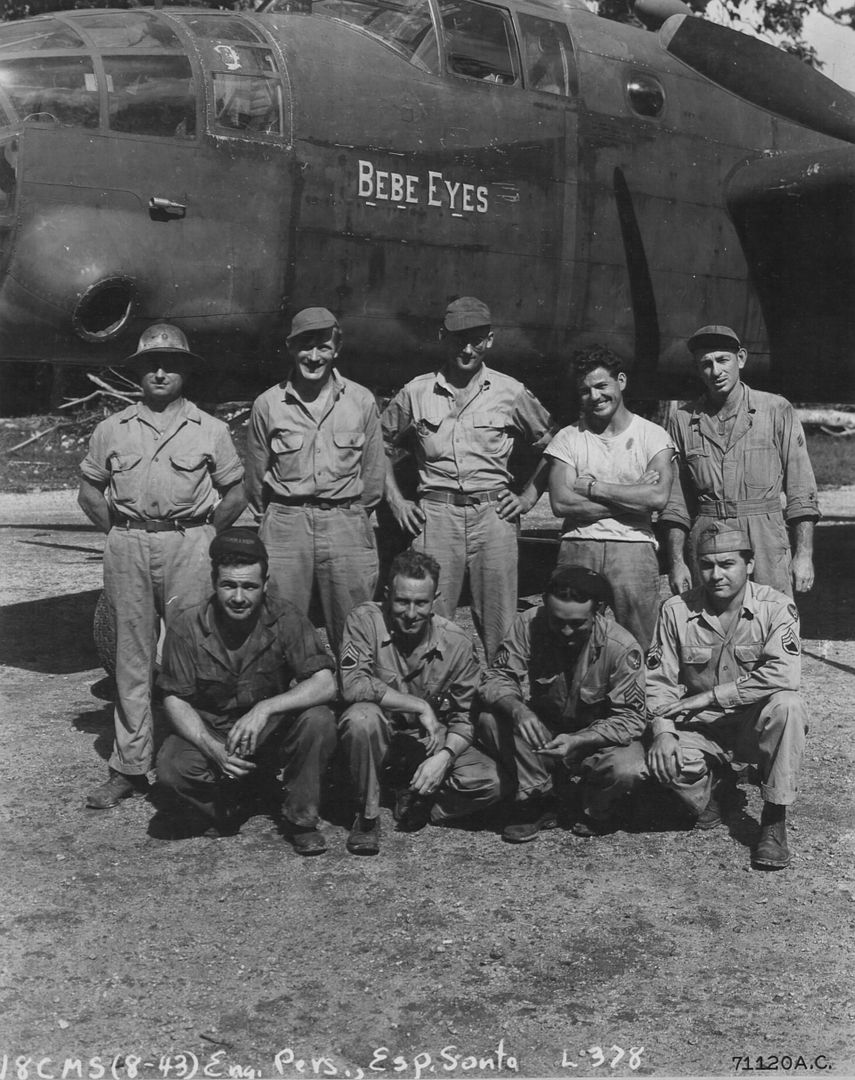
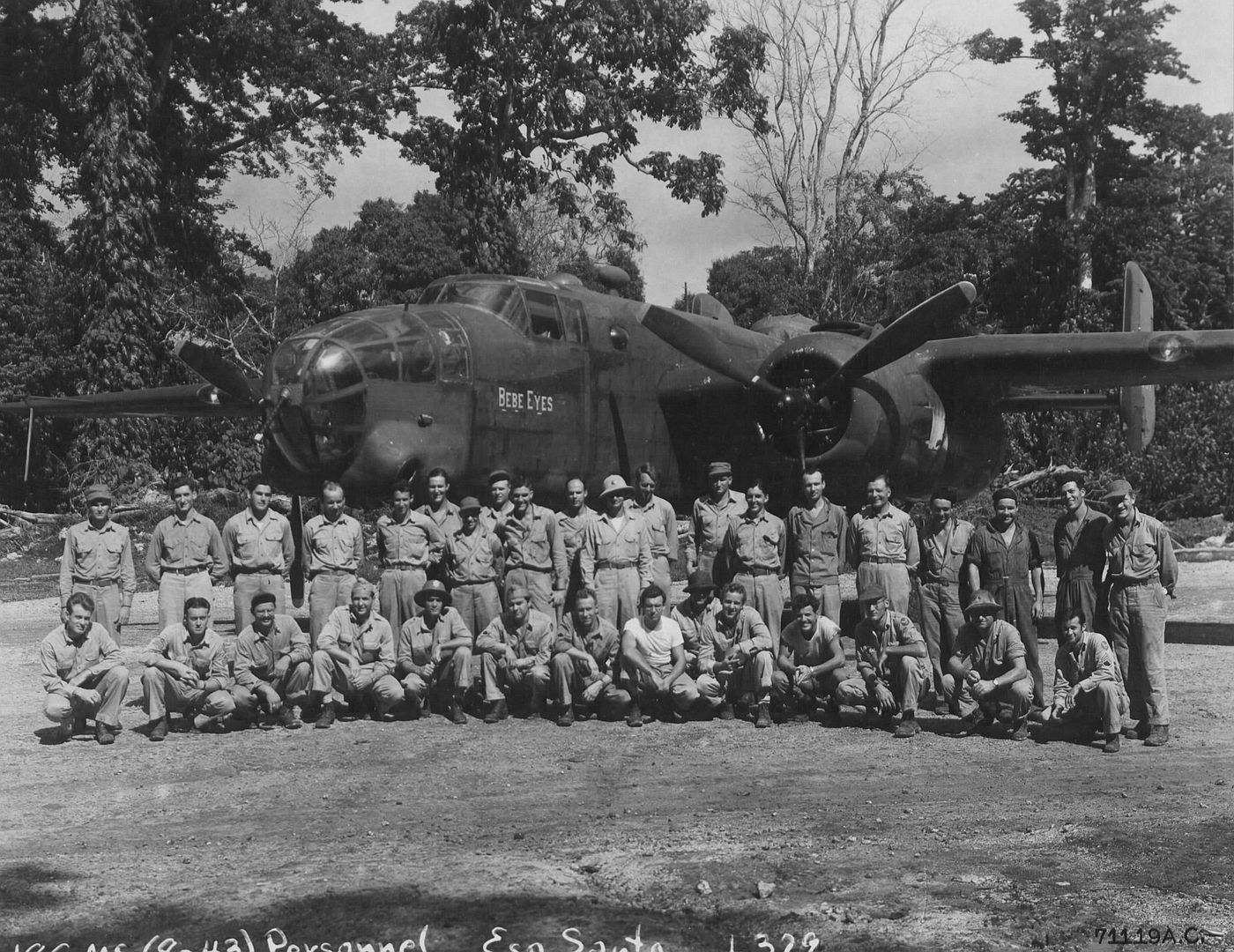


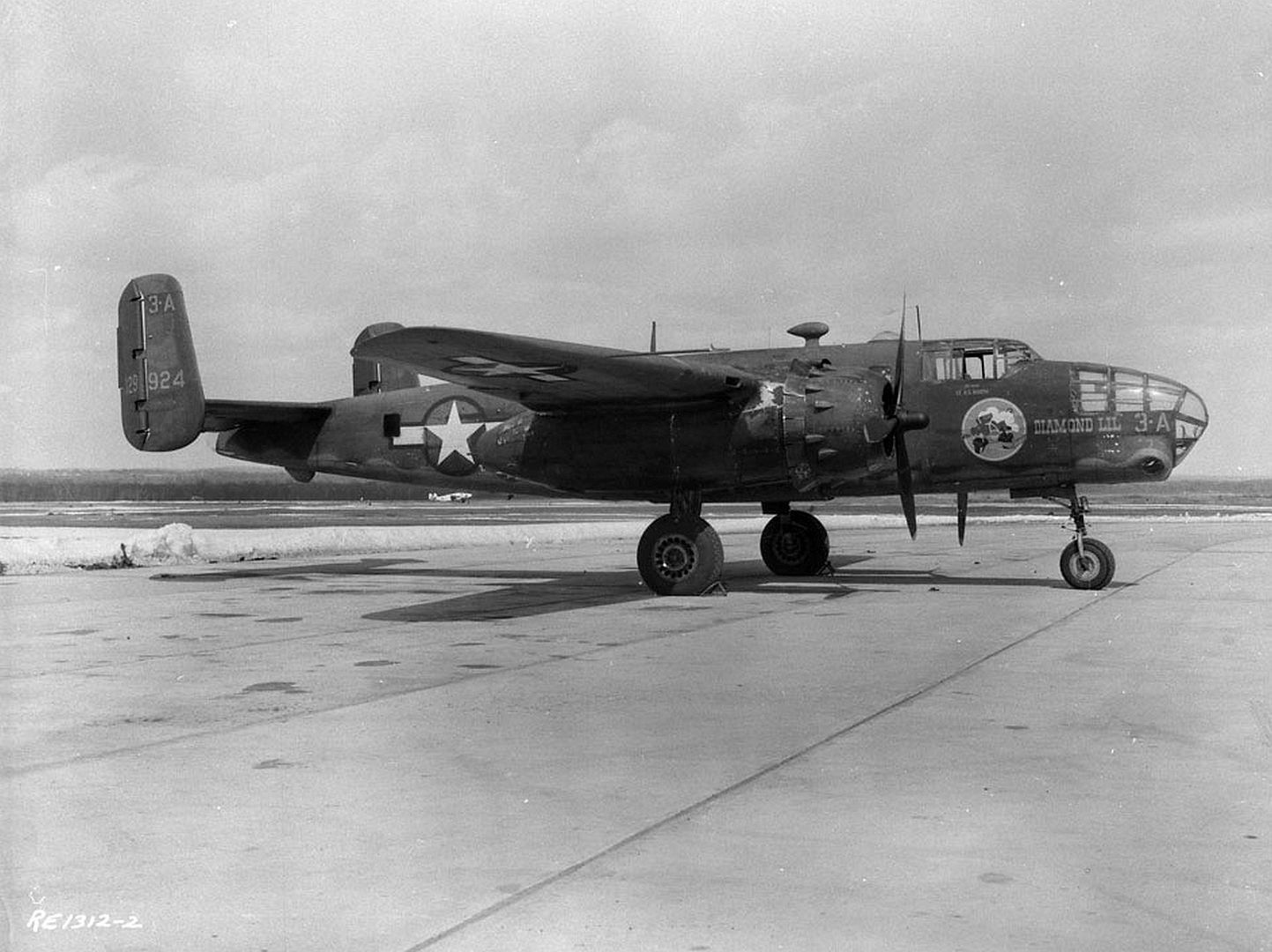
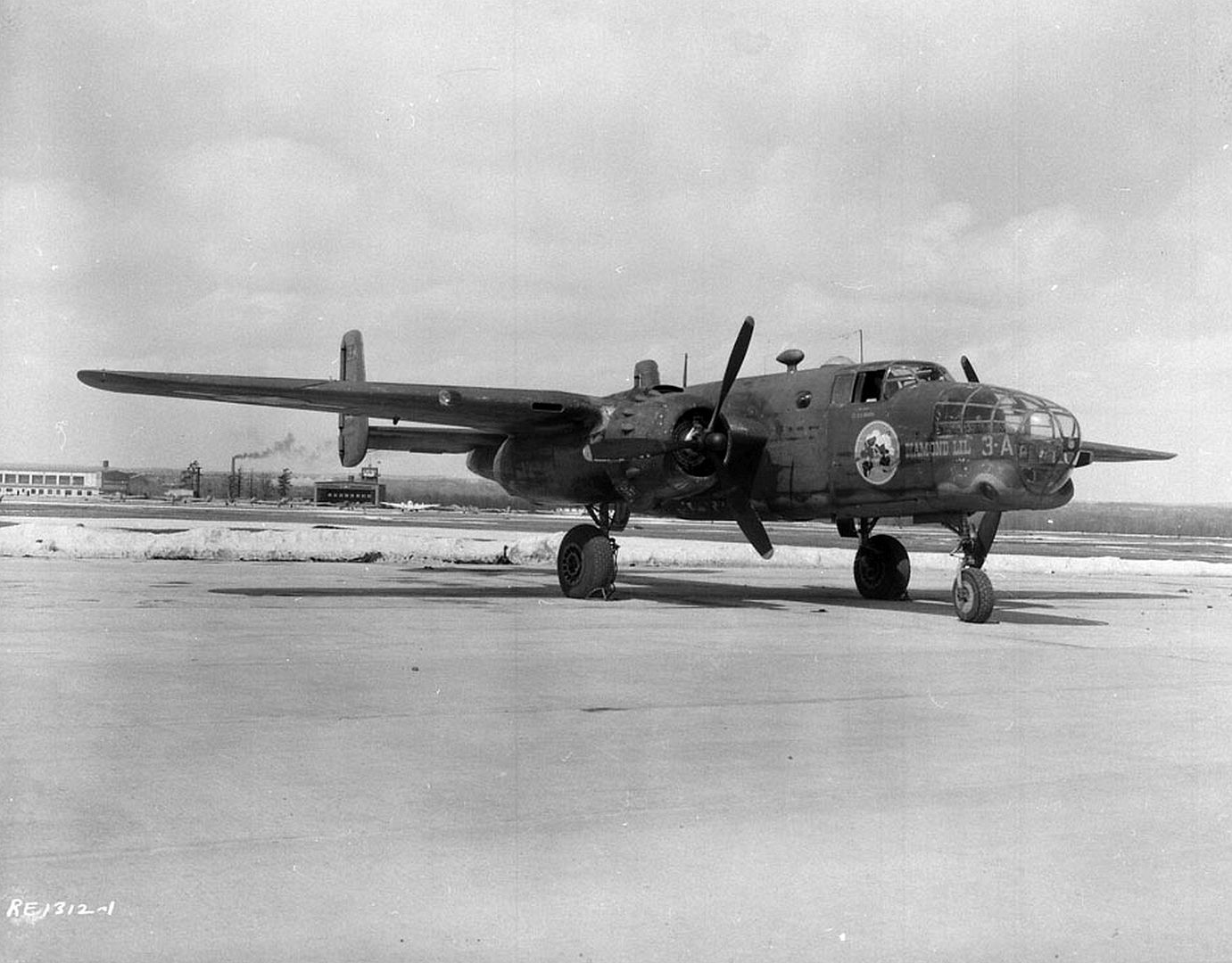
Below RCAF
The first B-25s for the RCAF had originally been diverted to Canada from RAF orders. These included one Mitchell I, 42 Mitchell IIs, and 19 Mitchell IIIs. No 13 (P) Squadron was formed unofficially at Rockliffe in May of 1944. They operated Mitchell IIs on high altitude aerial photography sorties. This unit gained official status in November of 1946 and became No 413 (P) Squadron in April 1947. They retained the Mitchell until October 1948.
No 418 (Auxiliary) Squadron received its first Mitchell IIs in January 1947. It was followed by No 406 (auxiliary) which flew Mitchell IIIs from April 1947 to June 1958. No 418 Operated a mix of IIs and IIIs until March of 1958. No 12 Squadron of Air Transport Command also flew Mitchell IIIs along with other types from September 1956 to November 1960.
In 1951, the RCAF received an additional 75 B-25Js from USAF stocks to make good attrition and to equip various second-line units.
Many post-war RCAF Mitchells encorporated a new exhaust system where the top S-shaped stacks were replaced by semi-collector rings.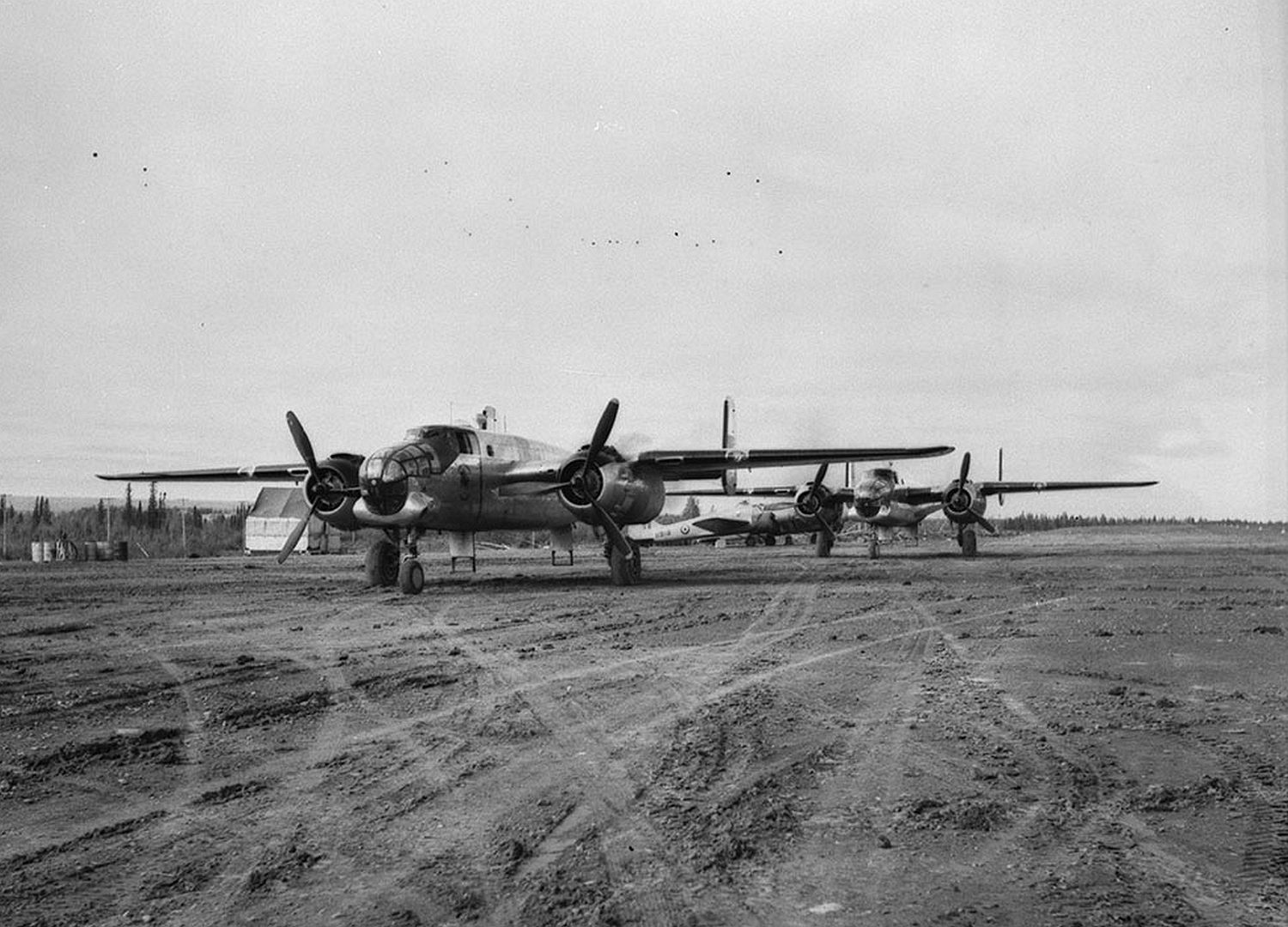
.jpg?width=1920&height=1080&fit=bounds)
_Squadron_R.C.A.F.jpg?width=1920&height=1080&fit=bounds)
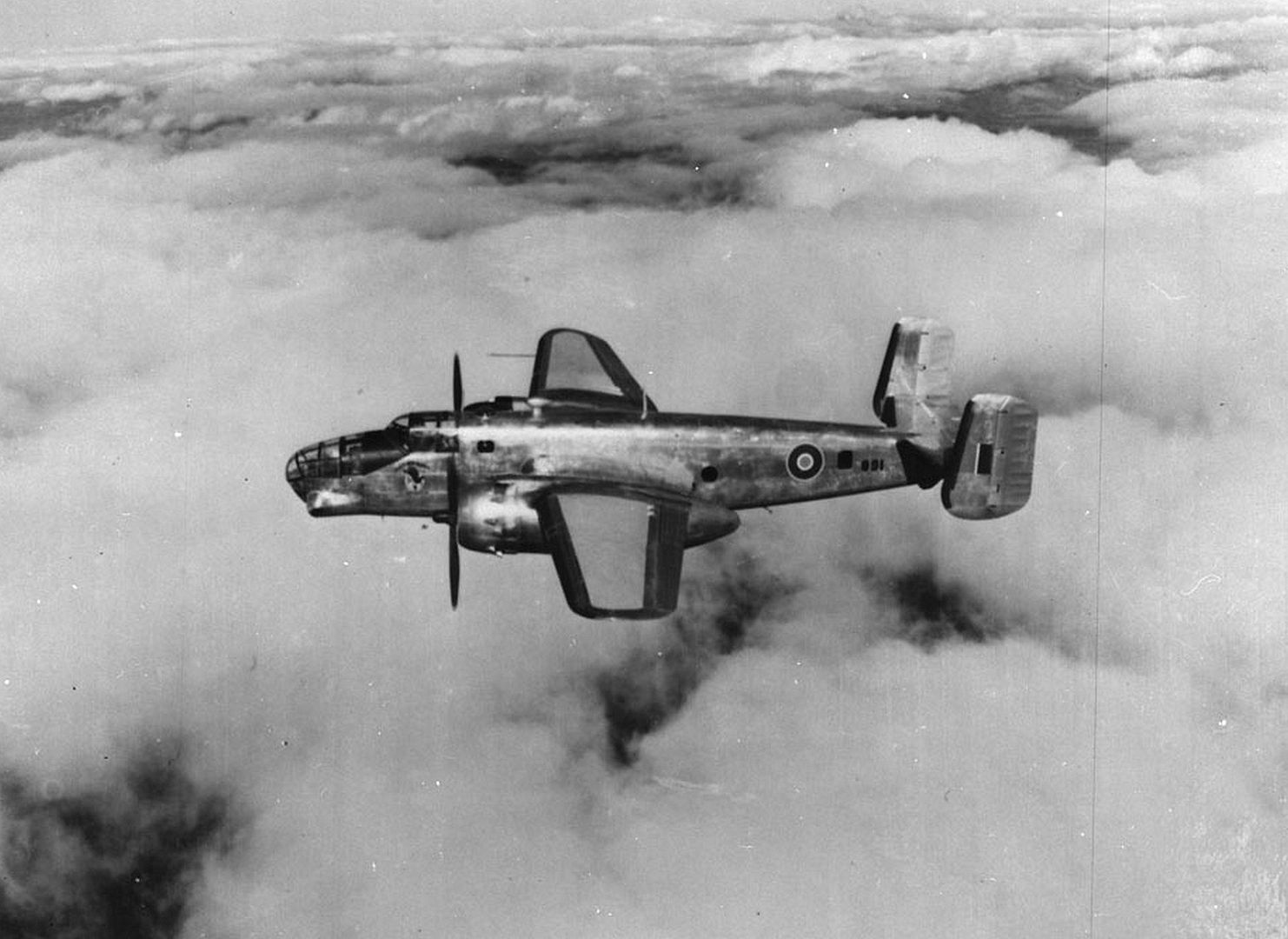
_Squadron_R.C.A.F.jpg?width=1920&height=1080&fit=bounds)
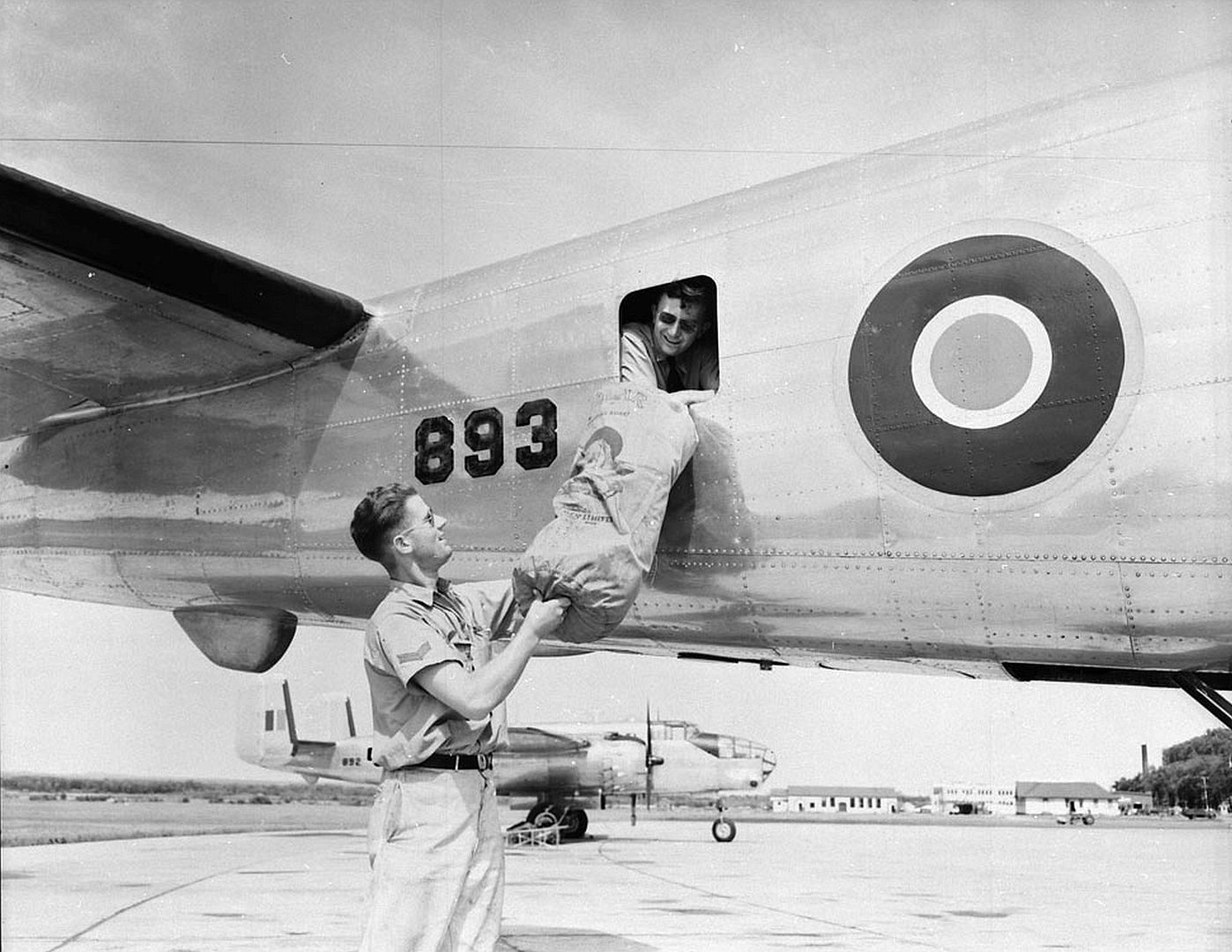
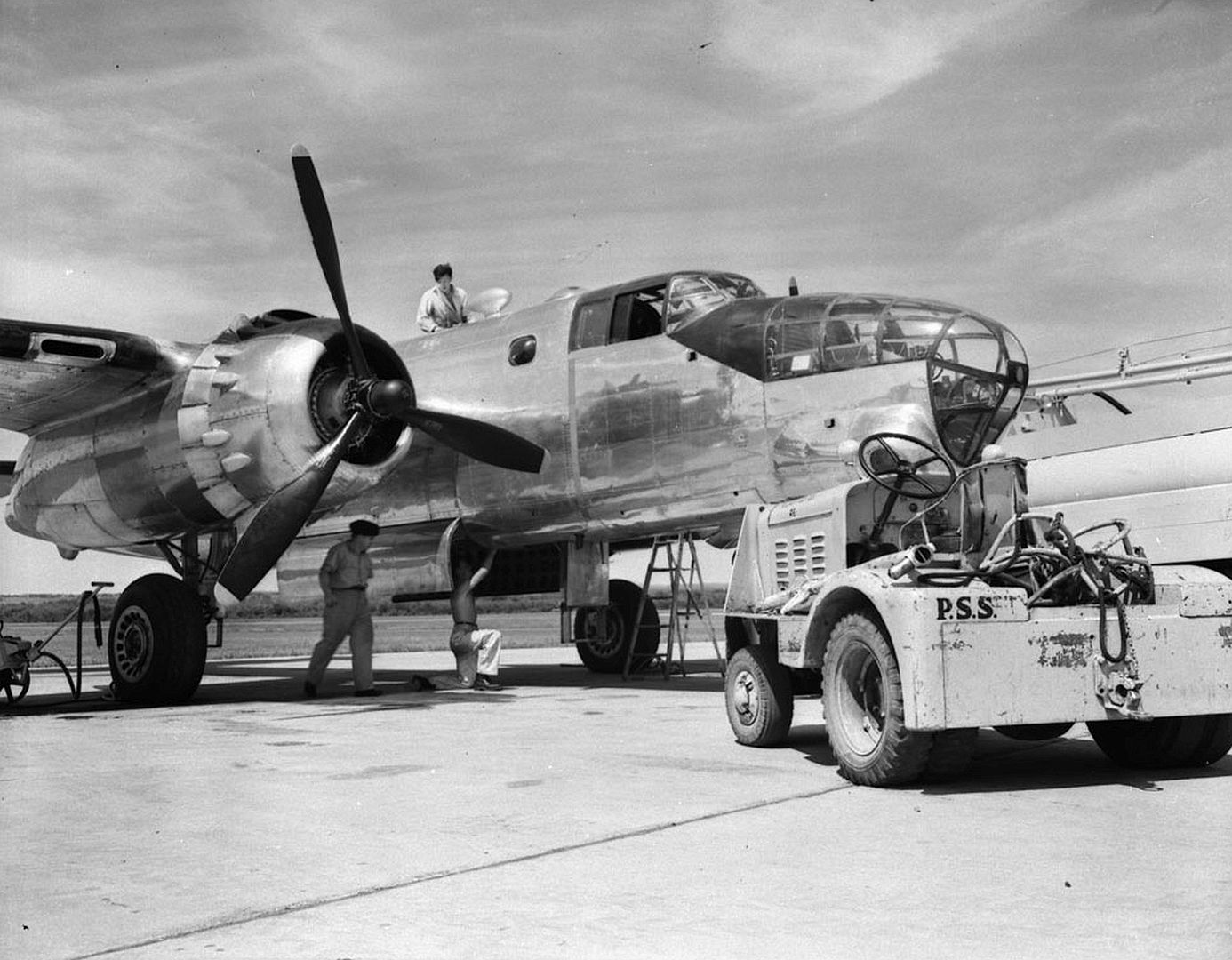
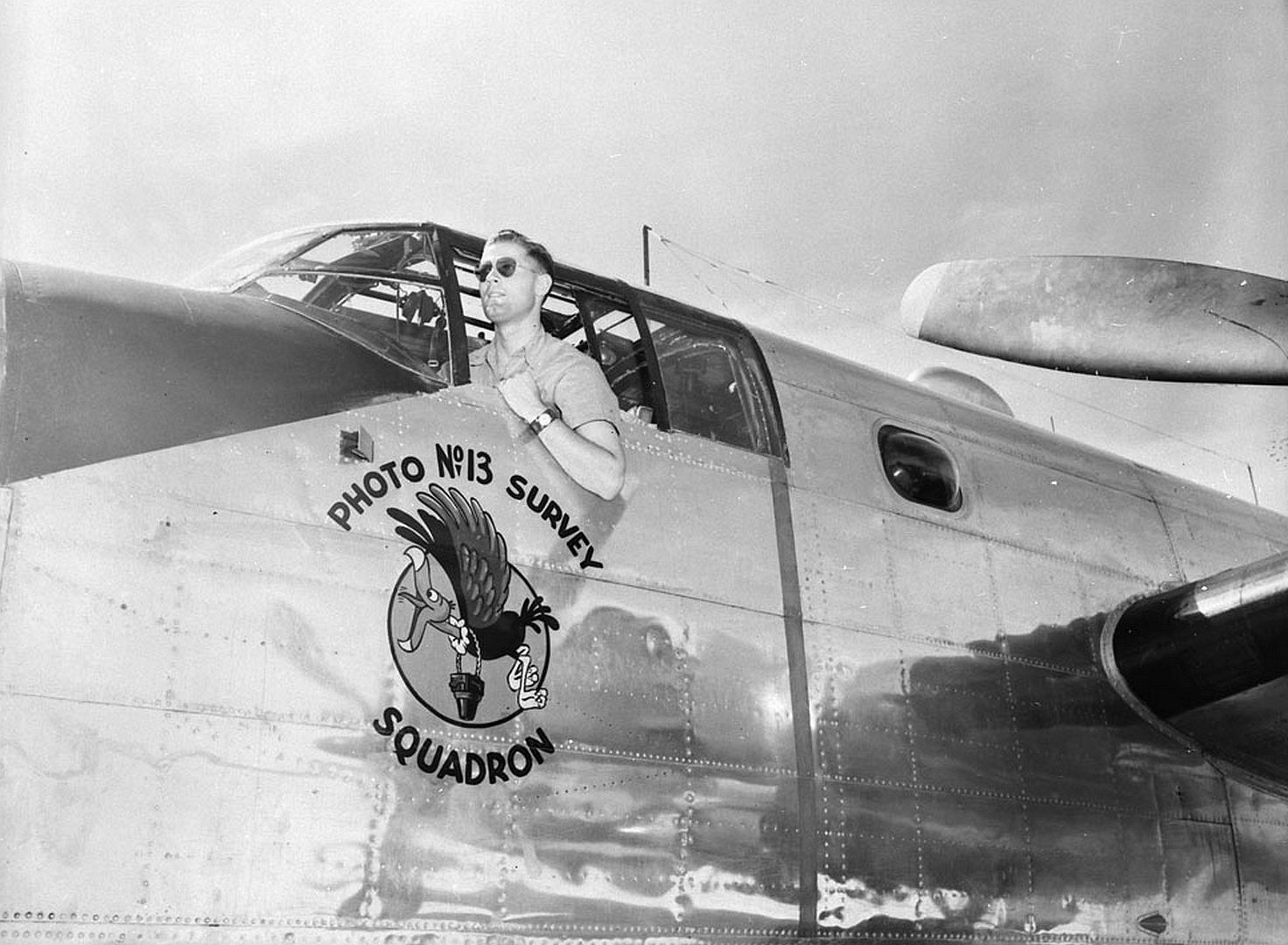
_Squadron_R.C.A.F._taking_part_in_Operation_Eclipse_to_photograph_a_solar_eclipse._R.C.A.F._Station_Rockcliffe_Ontario_Canada_20_August_1945.jpg?width=1920&height=1080&fit=bounds)

Text from here - https://www.joebaugher.com/
Post a reply
- Go to Previous topic
- Go to Next topic
- Go to Welcome
- Go to Introduce Yourself
- Go to General Discussion
- Go to Screenshots, Images and Videos
- Go to Off topic
- Go to Works in Progress
- Go to Skinning Tips / Tutorials
- Go to Skin Requests
- Go to IJAAF Library
- Go to Luftwaffe Library
- Go to RAF Library
- Go to USAAF / USN Library
- Go to Misc Library
- Go to The Ops Room
- Go to Made in Germany
- Go to Campaigns and Missions
- Go to Works in Progress
- Go to Juri's Air-Raid Shelter
- Go to Campaigns and Missions
- Go to Works in Progress
- Go to Skinpacks
- Go to External Projects Discussion
- Go to Books & Resources
